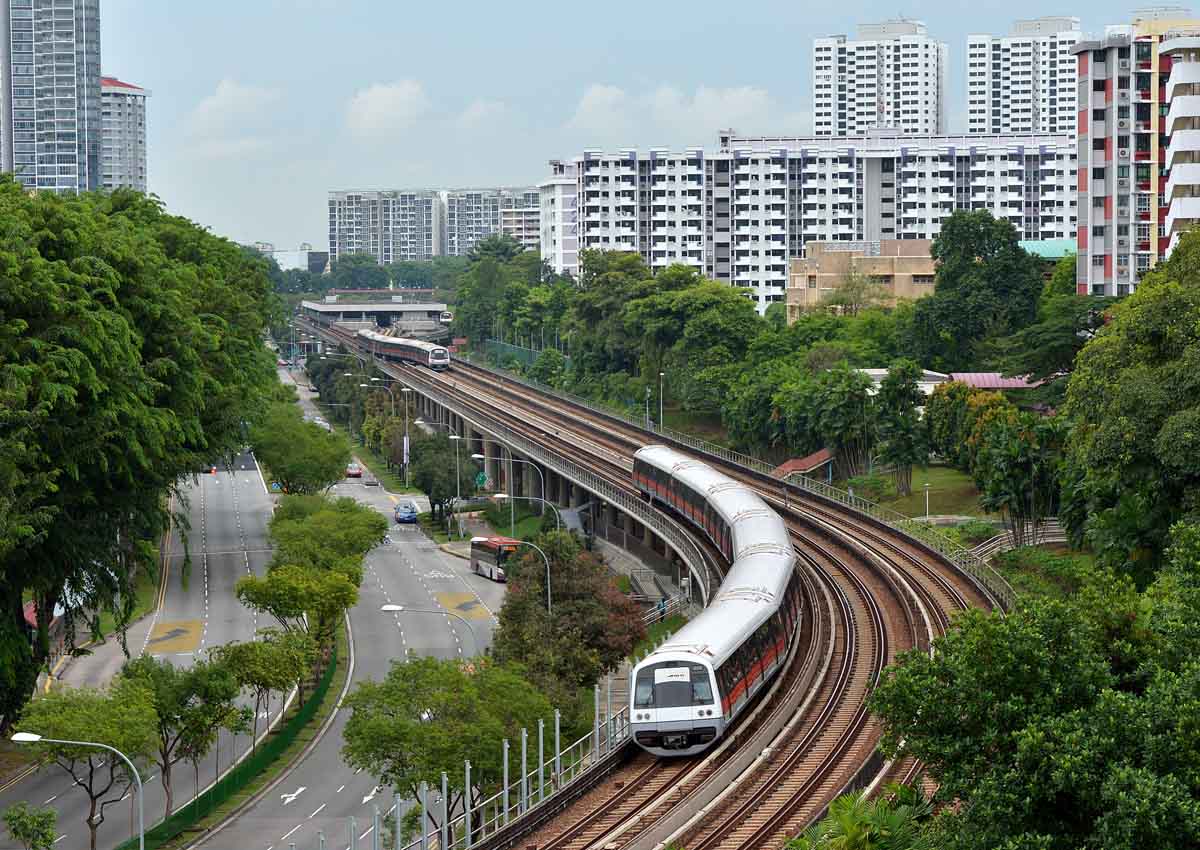Commuters taking the island’s oldest MRT line, the North-South Line, will have to bear with the rush-hour squeeze a little longer. The launch of a new signalling system, originally slated for the year’s end, will be delayed until the first quarter of next year for more exhaustive testing, the Land Transport Authority (LTA) said yesterday.
The upgrade will allow trains to run at shorter intervals of 100 seconds, instead of 120 seconds now. Running trains more closely together will increase passenger capacity on the North-South Line and reduce crowding.
LTA’s project director for resignalling, Tan Yih Long, said during a media visit to the Woodlands station early yesterday: “As the move to an entirely new signalling system is a complex project, any systemic issues, such as software bugs, could affect commuters across the line.
“Hence, we will conduct more tests to ensure that the system is reliable before we put it into commercial service.”
This is the first overhaul for the signalling system on the 29-year-old North-South Line. The East-West Line, which also started operations in 1987, is also being upgraded, with a 2018 launch date.
The current fixed-block system divides the track into blocks of between 200m and 300m, and can detect where a train is only when it moves into a new section. For safety, trains are always kept at least one block apart from each other.
The new Communications-Based Train Control (CBTC) relays the exact location and speed of every train to a computer, so they can travel closer together, at distances of between 60m and 70m.
Similar CBTC systems are already in use on the newer North-East and Circle lines.
National University of Singapore transport researcher Lee Der Horng said the signalling upgrade will allow newer trains to be introduced.
Though the LTA has ordered 57 new trains to be added to the North-South East-West Line’s fleet of 141, these are all equipped with the new CBTC.
“By right, commuters can experience more frequent services, which translates to higher capacity. It can address the congestion issues during the peak hours,” said Dr Lee.
“Since the project is delayed, it’s going to take a bit longer for us to enjoy the benefits.”
Mr Tan said over 1,300 tests will be performed on the North-South Line’s signalling system, such as ensuring that train doors are accurately aligned with platform screen doors when trains stop at stations.
Bi-directional operations are also being tested, so that if there is a failure on one track, the train can bypass it and go on the other track.
The project to upgrade the signalling systems of the North-South and East-West Lines started in 2012.
At completion, their capacity will be boosted by 20 per cent.
adrianl@sph.com.sg

Get MyPaper for more stories.






